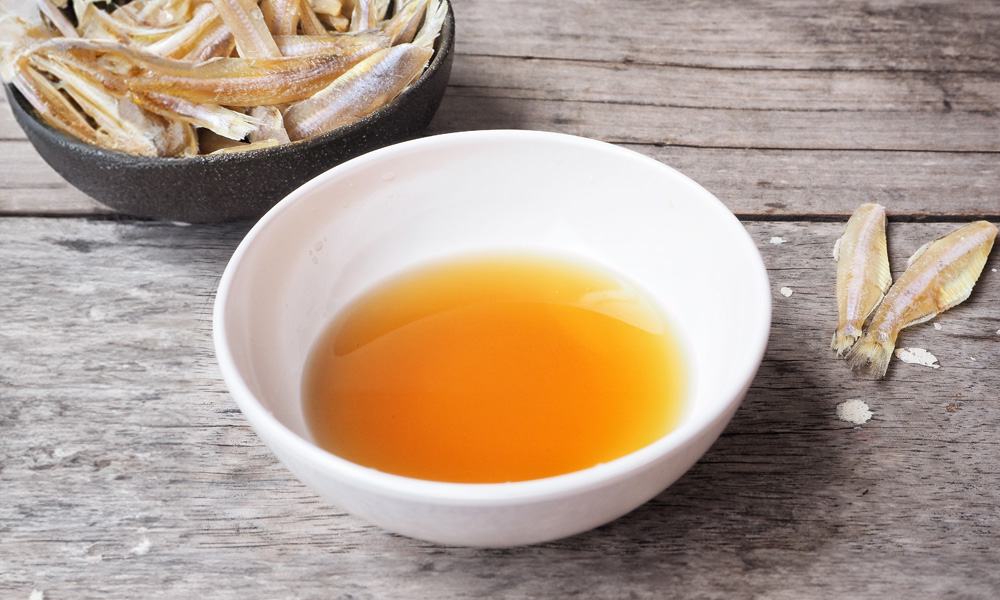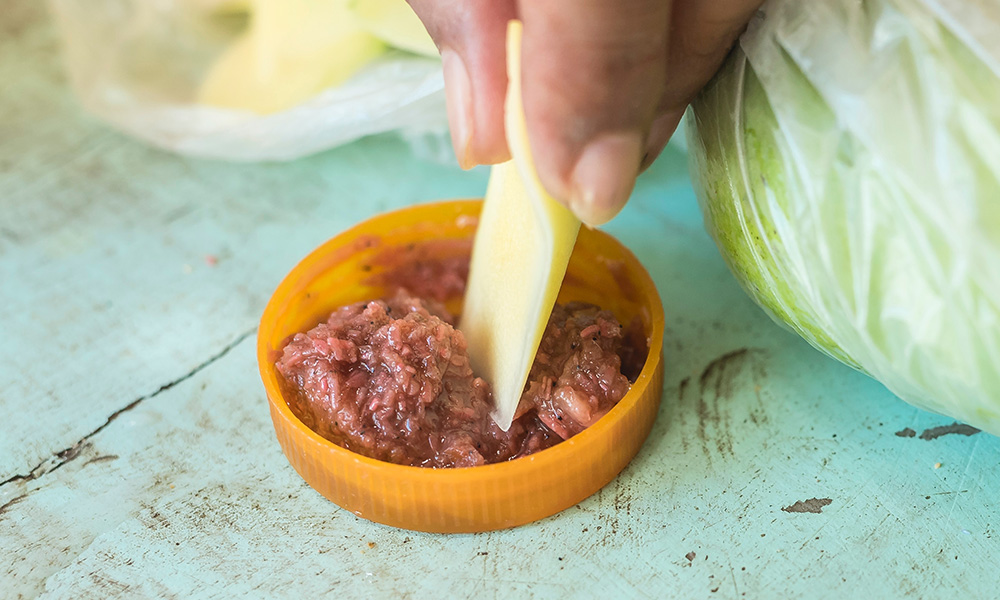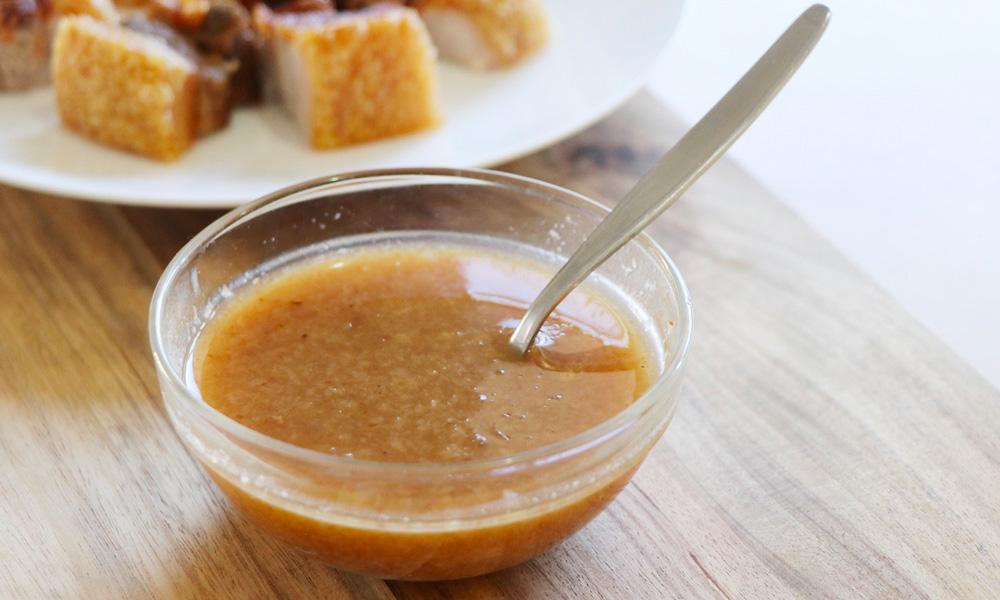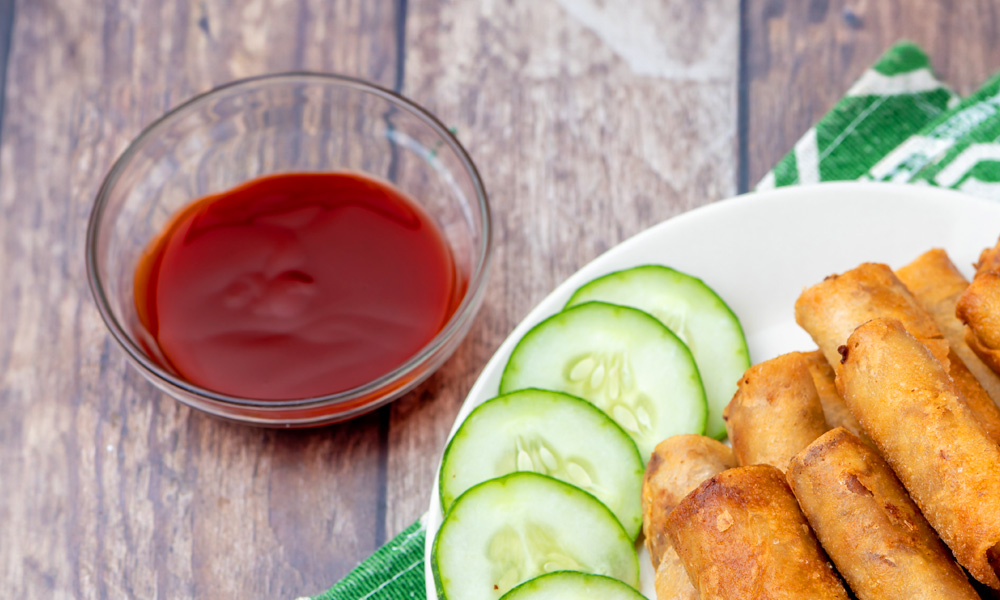Perk Up with 6 Tasteful Malaysian Drinks
Lighten your mood and rejuvenate your senses with 6 must-try Malaysian drinks!
Discover the authentic in Asian cuisine food
Around the World, Asian Pantry

The Philippines is a richly diverse archipelago nation of 7,000 islands in Southeast Asia. And like their neighbours, Filipino cuisine is packed with a plethora of gastronomic wonders. But what sets them apart is their East-Meets-West flavour palate that amalgamates common Asian tastes with a distinctive Spanish-influenced oomph.
Generally speaking, Filipino cuisine has three core flavours: sweet, savoury and tangy. Bold yet balanced into a robust taste experience in every dish. Cooked with a combination of sauces and brown sugar; with lemongrass, tamarind, kalamansi lime, bay leaves, ginger, annatto, black pepper, chillies and garlic.
So, to start your Filipino cooking adventure, be sure to grab those herbs and spices from your grocer, as well as the essential sauces and seasonings listed below. Then, head over to our delicious collection of authentic Filipino recipes!

Toyo is Filipino soy sauce, made of fermented soybeans, salt and water. Similar to many Asian cuisines, it is the savoury base for most Filipino dishes. Toyo’s texture and flavour is also akin to Chinese light soy sauce—watery and salty with a subtle sweet-tangy aftertaste. In cooking, Toyo is usually combined with vinegar or citrusy ingredients for the signature savoury tang. Also used in dip sauces like the Toyo-mansi, a simple combo of soy sauce, sugar and kalamansi lime juice.

Fish sauce is a shared ingredient in Southeast Asian cuisines. It’s called Patis in the Philippines. Made from anchovies fermented in brine that gives a bracing funky, salty taste; plus water and caramel for its watery texture and dark amber hue. Patis is mainly used to enrich meat or seafood soups and porridges in Filipino cuisine. But rarely used together with soy sauce, as the Patis’ strong savoury flavour is enough to ‘power’ a dish.

Besides fish sauce, Bagoong is another category of Filipino ingredient for strong savoury, umami flavours. These are cooking pastes made of fermented anchovy, krill or shrimp with brine; and also comes with a bold funky aroma, usually tempered with vinegar and sour ingredients.
Patis fish sauce is the by-product from the Bagoong’s fermentation process. But every Filipino region has their own variant. They are commonly used in sauces for seafood dishes, salad dressings, steamed or stir-fried greens, dips to pair with sour fruits like unripen mangoes and tomatoes; as well as to thicken and yummify meat stews and vegetable stews.

Filipino cooking has a variety of vinegars, collectively called Suka. They are the primary source of the cuisine’s tangy, tarty tone; which balances the savoury soy sauce and fish sauce. They are a must-have in dip sauce-blends for meat and seafood delights, such as the iconic Lechon sauce and Vinaigrette Dip. The latter is a blend of soy sauce, vinegar, crushed garlic cloves and diced chilli, with salt and pepper to taste. An awesome table condiment that instantly enhances your enjoyment of any Filipino dish. There’s also the simple Lumpia Sauce of minced garlic and vinegar with salt and pepper, for a lighter condiment.

Besides cooking and dips, vinegars are also used to pickle and preserve foods in Filipino cuisine. The range of Filipino vinegars include:
Cane vinegar, made from sugarcane juice; the most commonly used in Filipino cooking, with a distinctive sweet-tangy zing.
Palm vinegar, made from Nipa palm sap, with a subtle sweet touch and tarty taste.
Coconut vinegar, made from fermented coconut sap or coconut water; with a fruity, nutty aroma and bracing tangy zeal.
White vinegar, made from acetic acid and water; with a milky colour and tarty flavour.

Instead of tomato sauce, banana sauce is the Philippine’s ketchup. As the name says, it’s made from banana, sugar, vinegar and assorted spices. It has a thick, gravy-like texture and pleasant sweet tarty taste with a fruity tone. Its natural colour is actually brownish, but red colouring is added to give its ketchup hue.
The origin of banana sauce is debatable. Some say banana sauce was inspired by Americans when they took over Spaniard colonial rule of the Philippines. While others say banana sauce may have existed as a traditional condiment, with the red colouring added later.

Similar to tomato sauce in the West, banana sauce is mainly enjoyed as a universal condiment, but especially for Filipino-style omelette, deep-fried prawn rolls and fritters. It’s also used in barbecue marinades, like this scrumptious lamb skewer.

Lighten your mood and rejuvenate your senses with 6 must-try Malaysian drinks!

Pair your hearty barbecues with these refreshing Asian delights!

What are the properties of ginger, and how to pick, store and use ginger in your cooking? Find out here!